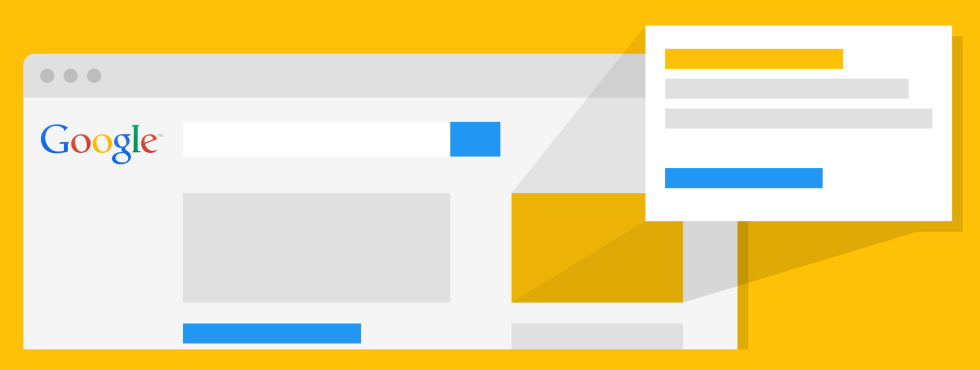Google offers a $10,000 monthly credit for AdWords known as “Ad Grants”. The program is one of a few they offer via Google for Nonprofits.
For the most part, using AdWords with an Ad Grant works exactly the same as a paying for AdWords out of pocket. The two differences are the maximum cost-per-click (max CPC) and ad position. Nonprofits utilizing the Ad Grant can have a max CPC of $2 and if competing against a paying competitor (non- or for-profit), their ad will be in the second ad placement at most. Both of these differences make it difficult to compete with self-funded advertisers.
However, two changes to The Ad Grants policy will not only allow nonprofits to be more competitive but also require them to be more effective and efficient.

1. No More $2 Max CPC
This is big news. Without the max CPC, nonprofits can vie for better placements amongst the big dogs. Only one caveat: they have to have conversions set up.
Conversions are a great way to display your return on invested time (or investment with a contractor if you’re working with a third party expert). You can track things like donations, submissions to a contact form, newsletter signups, etc. Google will lift the max CPC if conversions are set up – if you aren’t able to set up conversions then the $2 max CPC stands.
If you haven’t set up conversions, we suggest doing so via Google Tag Manager (if you have a savvy tech person on staff). Otherwise, all you need is access to your CMS and Google AdWords account. Check out Google’s guides on conversion setup.
Once your conversions are set up, you can change your campaigns to maximize for conversions by selecting Settings, going to Bid strategy, and selecting Maximize conversions.
2. Must Maintain a 5% CTR
This is more big news. Previously, Google required a 1% CTR for Ad Grants campaigns to stay active but 1 January 2018 starts the clock for a solid 5% minimum.
We’ve reviewed and taken over a number of Google AdWords campaigns, especially those using Ad Grants. On average, we’d give most campaigns a “C” – keywords and Ad Groups are often poorly organized, ad text lacking enticing information and call-to-action, and conversions nowhere to be found (among many, many other things).
Our guess is this increase in CTR is Google’s way cracking the whip on campaign organization and scope. Not only is Google increasing the CTR minimum but they are preventing Ad Grants accounts from bidding on brand names that they don’t own (which was previously a nice way to capture brand awareness amongst like-minded organizations) and one-word keywords (which can often be too broad). The banning of brand names and one-word keywords are a great way to help nonprofits reach that 5% CTR minimum (but difficult to maximize that great $10,000 credit).
Note: If nonprofits have less than 5% CTR for two months, their account will be suspended. This is a great time to put some extra effort into your campaign or start reaching out to some AdWords experts.
